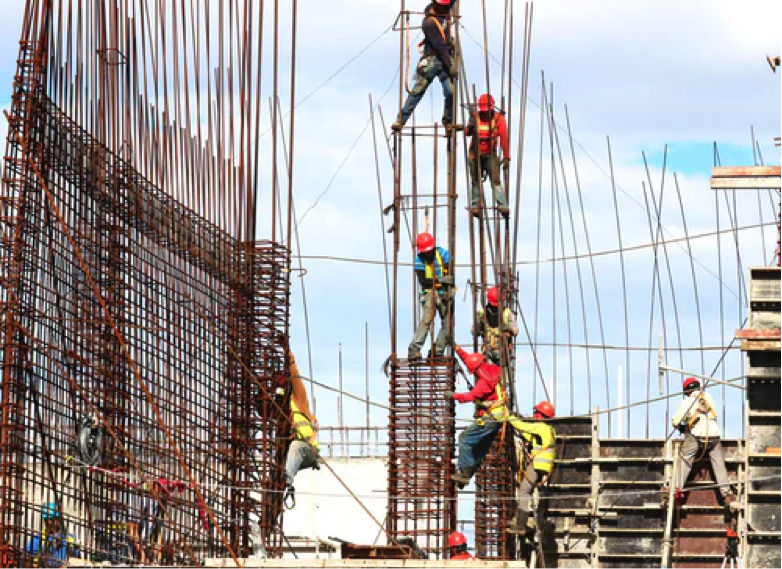
Accidents in the workplace are very common, and their results range from small injuries to fatalities. And although the construction industry has its fair share of workplace accidents, no industry is really exempt from them.
What are the most common accidents at places of work?
The top causes for non-fatal injuries at work include:
● Trip, slip, and fall
● Manually handling or lifting heavy objects
● Being struck by an object
● Falling from height
● Violent acts
● Manipulating machinery
Are there specific reasons why accidents happen in the workplace?
Among the top reasons for this type of accidents are:
● Workers being overconfident that they will not get injured
● Equipment disarray and poor housekeeping
● Workers being distracted and not focusing on the job at hand
● Choosing to ignore safety procedures
● Not properly preparing for a job or taking job shortcuts
How can employers prevent workplace accidents?
If, as an employer, you rely on buying insurance or on the fact that your workers will always be careful and follow the rules, you may want to think about the fact that injured workers can drive up your company's costs and cut its profitability. You should also know there are specific things you can do to reduce or eliminate accidents in the workplace. Here are five points to get you started:
1. Implement safety practices
Don't assume that all workers will know how to act in all conditions. Post safety guidelines on walls, bulletin boards, in company emails and wherever employees might see them. For these guidelines to be effective, they should be backed up by a safety program that everyone is aware of. Once these guidelines have been implemented, reinforce them at every opportunity. Periodically review all instructions to make sure they are clear.
2. Keep the workplace clean and well organized
A work area that is ordered and clean helps avoid accidents. Mark foot pathways, keep the areas free of debris and provide enough stations for cleaning up spills as they occur.
3. Don't skimp on security equipment
Personal protective equipment helps minimize accidents. This equipment should include, as needed, protective eyewear, safety gloves, hardhats, safety shoes, earplugs, ear muffs or secured shelving units, just to name a few. Take the time to make sure all employees know what this equipment is for and how to use it properly.
4. Discover your unique areas of vulnerability
Every workplace and business is unique. And every work situation has its own safety requirements. Pay attention to any accidents that have happened, where they have happened and develop strategies to prevent them from recurring.
5. Don't take shortcuts
Shortcuts may be tempting, especially if you perceive them as something that will make the work get done faster or something that will save the company money. However, a job that is rushed may not take into consideration safety hazards and may place workers doing this job in peril.
These are just some basic guidelines to keep your workplace and your workers safe. Keep in mind that even if these steps are implemented, no workplace can be completely accident-free at all times. Yet, many workplace accidents can definitely be prevented through strong employer oversight and immediate correction of any potential dangers. If you have been injured at work and would like to know your rights, you can get more information here.



